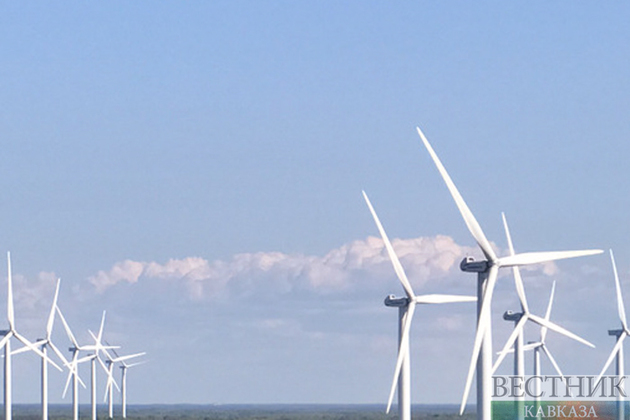Yesterday, Vestnik Kavkaza described how Egypt was going to use nuclear energy (See Russia receives construction permit for second unit of nuclear power plant in Egypt). Now it has become known that Cairo has signed an agreement with the UAE to develop one of the world’s largest onshore wind projects.
According to Arab News, the Memorandum of Understanding was signed between the UAE’s renewable energy firm Masdar alongside its joint venture with Egypt’s main renewable energy developer Infinity and Hassan Allam Utilities.
Masdar, invested in a portfolio of renewable energy assets with a combined value of more than $20 billion and a total capacity of more than 15 GW, said the new project would be its biggest yet. “With this agreement to develop our largest ever project, Masdar is proud to bolster our contribution to Egypt’s renewable energy goals,” Masdar’s CEO Mohamed Jameel Al-Ramahi said.
Tuesday’s agreement was signed on the sidelines of the ongoing COP27 climate summit in Egypt’s coastal city of Sharm El-Sheikh. The UAE is hosting the COP28 conference next year.
When completed, the wind farm would be part of Egypt’s Green Corridor initiative, a grid dedicated to renewable energy projects that is aimed at ensuring renewable energy makes up 42 percent of the country’s energy mix by 2035.
The wind project would save Egypt an estimated $5 billion in annual natural gas costs.
Egypt’s total installed power capacity was around 59.5 GW in 2019/2020, the country’s renewable energy authority said in an annual report.
“The project will enable the country to save vast amounts of natural gas; thereby attaining economic growth, reduce carbon emissions and provide greater access to sustainable energy sources,” Mohamed Mansour, the chairman of Infinity Power, the Masdar and Infinity joint venture, said in the statement.
In April, Masdar and Hassan Allam Utilities signed two Memoranda of Understanding with Egyptian state-backed organizations to cooperate on the development of 4 GW green hydrogen production plants in the Suez Canal Economic Zone and on the Mediterranean coast.
In the first phase of that project, a green hydrogen manufacturing facility will be developed and operational by 2026, able to produce 100,000 tons of e-methanol annually for bunkering in the Suez Canal, the statement said.
The electrolyzer facilities could be extended to up to 4 GW by 2030 to produce 2.3 million tons of green ammonia for export as well as supply green hydrogen for local industries, it said.










